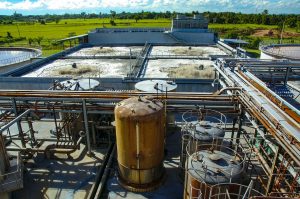India has made Effluent Treatment Plants (ETPs) mandatory across all industrial sectors, resulting in cutting-edge innovations in wastewater treatment. Moiz Engineering brings this proven Indian technology and experience to Egypt, adapted to local needs, regulations, and industries.
No two industries produce the same kind of effluent. That’s why we customize every ETP using the right process for the right contaminants.
An ETP isn’t just about treatment—it’s about ongoing performance. We help you upgrade, automate, and monitor your plant to keep it always within legal and environmental limits.
At Moiz Engineering, we understand that no two industries are the same in terms of effluent load, available space, or treatment needs. That’s why we offer scalable ETP solutions — from compact, skid-mounted units for small-scale operations to fully customized municipal-scale plants for industrial zones and clusters.
MBBR (Moving Bed Biofilm Reactor)

-
- MBBR uses specially designed plastic carriers suspended in the reactor to support biofilm growth.
-
- It offers high efficiency in organic load removal within a compact footprint.
-
- Ideal for industries needing a low-maintenance, space-saving biological treatment process.
MBR (Membrane Bioreactor)
-
- MBR combines conventional biological treatment with membrane filtration to produce high-quality treated water.
-
- It eliminates the need for secondary clarification and sand filtration.
-
- Perfect for reuse applications, offering the highest effluent quality.

SBR (Sequencing Batch Reactor)
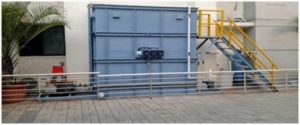
-
- SBR is a fill-and-draw activated sludge process where all treatment steps occur in a single tank in time-sequenced phases.
-
- It is flexible and can handle varying flow and load conditions efficiently.
-
- Best suited for medium to large-scale applications with space constraints.
ASP (Activated Sludge Process)
-
- ASP is the most widely used biological treatment method using aerated tanks to degrade organic matter.
-
- It requires secondary clarifiers to separate treated water from biomass.
-
- Reliable and cost-effective for continuous, high-volume wastewater treatment.

Upgrade Services Offered.
-
Retrofitting existing ETPs with modern treatment units
-
Automation using PLC systems
-
Real-time parameter monitoring
Monitoring Parameters:


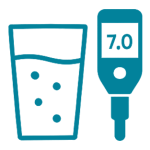



Small-Scale, Skid-Mounted ETPs
Small factories, workshops, textile dyeing units, food processing startups…etc.
- Flowrate Range: 5 to 50 m³/day
- Design: Compact, pre-fabricated, plug-and-play systems
- Features:
- Easy to install and relocate
- Low power consumption
- Fully integrated treatment stages in a single skid
- Ideal for quick deployment and limited space
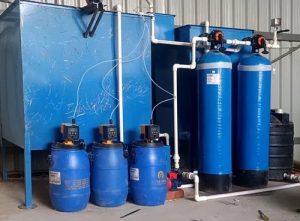
Medium-Scale Industrial ETPs
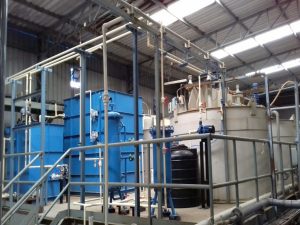
Mid-size industries in sectors like paper, pharma, food & beverage, and chemicals.
- Flowrate Range: 50 to 500 m³/day
- Design: Modular RCC or M.S. tank-based systems
- Features:
- Custom design based on effluent profile
- Integration of biological + chemical treatment steps
Large-Scale / Common ETPs (CETPs)
Industrial parks, municipalities, and public-private ETP facilities.
- Flowrate Range: 500 m³/day to 10,000+ m³/day
- Design: Civil-based structures with multiple treatment lines
- Features:
- Designed for shared use across multiple industries
- Full automation and online monitoring (SCADA/PLC)
- Built for long-term operation with centralized management
- Energy-efficient and compliant with stringent discharge norms
